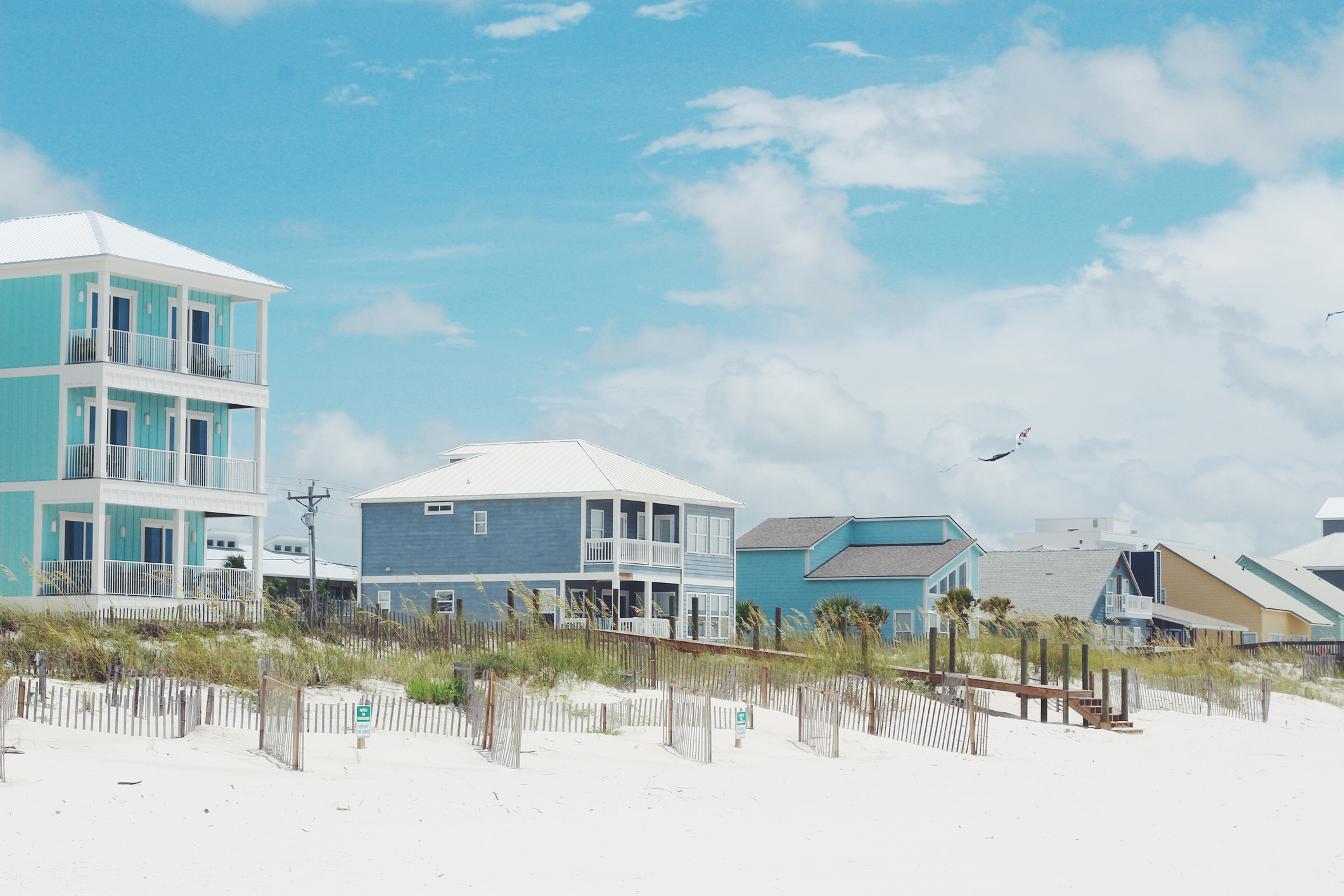
Owning a vacation home sounds nice in theory, but where you buy matters just as much as what you buy. Your location choice can shape not only your travel experience but also your financial reality.
In fact, the market you choose could determine whether purchasing a second home is even possible. Factors such as home prices, the local cost of living, and rental demand all play a major role in overall affordability.
We’ll explore where vacation homes offer the strongest returns, how costs vary by region, and what to know before you buy. So you can make an informed decision before signing that second mortgage.
From just $107.88 $24.99 for Kiplinger Personal Finance
Become a smarter, better informed investor. Subscribe from just $107.88 $24.99, plus get up to 4 Special Issues

Sign up for Kiplinger’s Free Newsletters
Profit and prosper with the best of expert advice on investing, taxes, retirement, personal finance and more - straight to your e-mail.
Profit and prosper with the best of expert advice - straight to your e-mail.
Where vacation homes offer the strongest return
It’s not always easy to find desirable, affordable properties — but they do exist. The best places to buy a vacation home tend to share a few key traits:
- Home affordability
- Interest rates
- Available inventory
- Cap rate, or the annual rate of return on your investment
Right now, most of the top vacation-home markets with the strongest returns are beach towns along the coast, according to Vacasa’s Vacation Rental Report.
When evaluating these markets, it’s crucial to look beyond postcard views. Key indicators such as cap rate, available inventory and location stability can reveal whether a property is likely to generate consistent income or drain your budget.
The cap rate helps you compare how much income a property could produce relative to its price. Meanwhile, low inventory can drive up competition and home prices, while location affects everything from seasonal demand to maintenance costs.
Keeping these factors in mind can help identify where the numbers truly add up. Here are five vacation-home markets currently offering some of the strongest returns.
1. North Myrtle Beach, SC
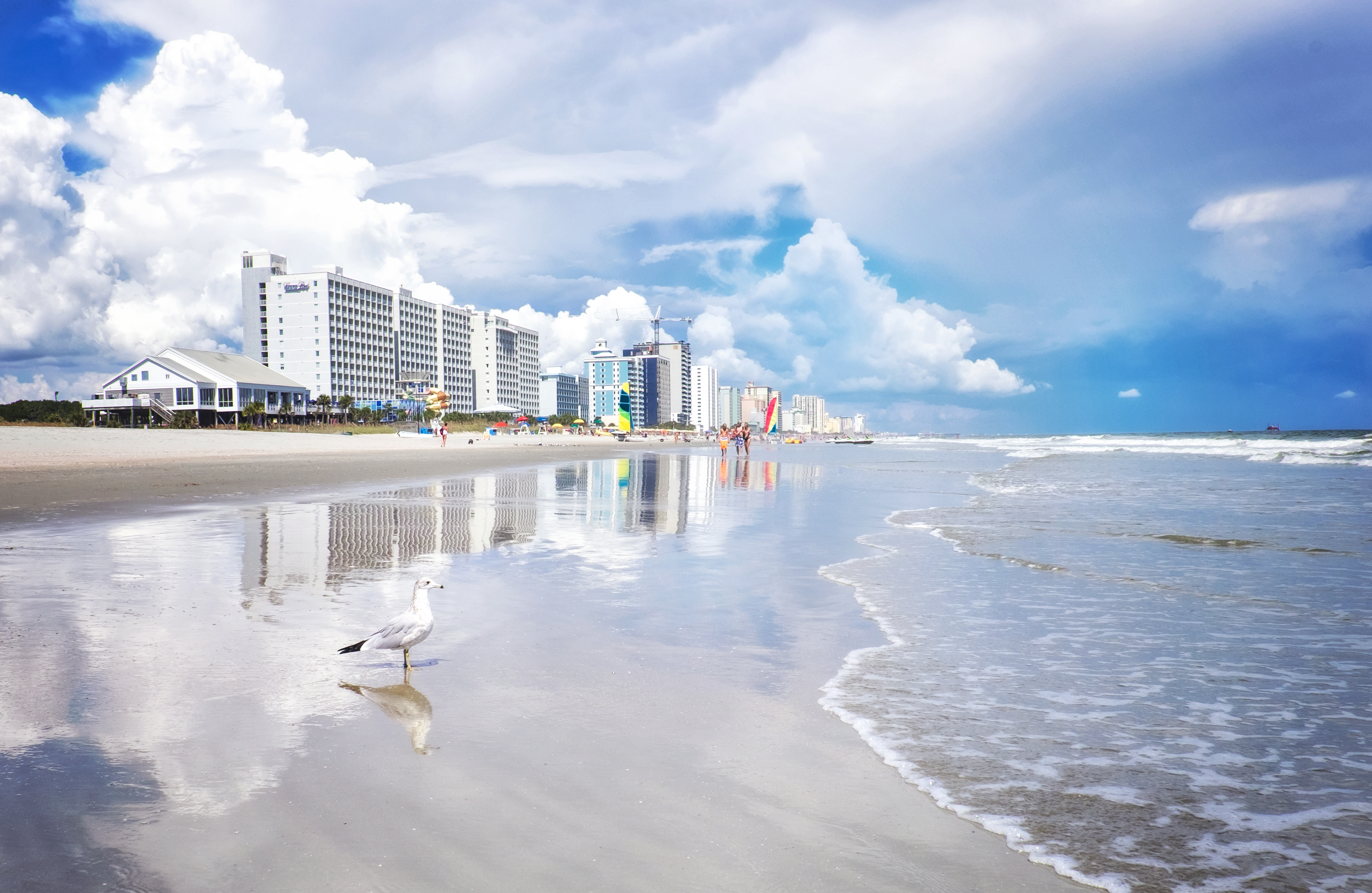
The median home price is $360,747 — almost $300,000 less than the second spot. The gross cap rate for North Myrtle Beach is 8.10%. With an average annual rental revenue of about $27,600 per property.
Curious about today's rates? Explore and compare some of today's best mortgage offers with the tool below, powered by Bankrate:
2. Dauphin Island, AL
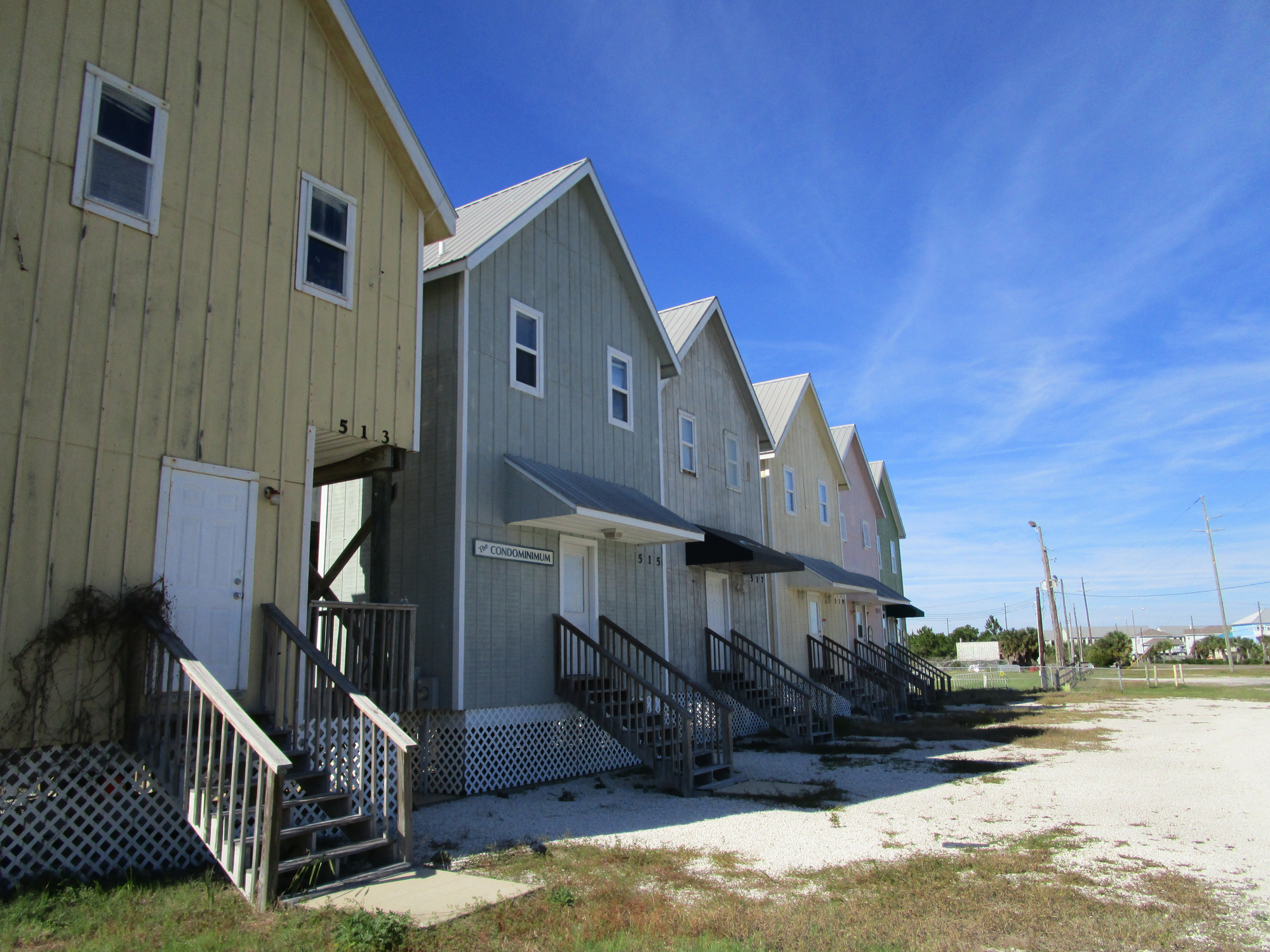
The median home price is $645,330, which is higher than the national average. However, with average annual rental revenue of $53,293 and a gross cap rate of 8%, buyers have a solid opportunity to recoup part of their investment through vacation rental income.
3. Okaloosa Island, FL
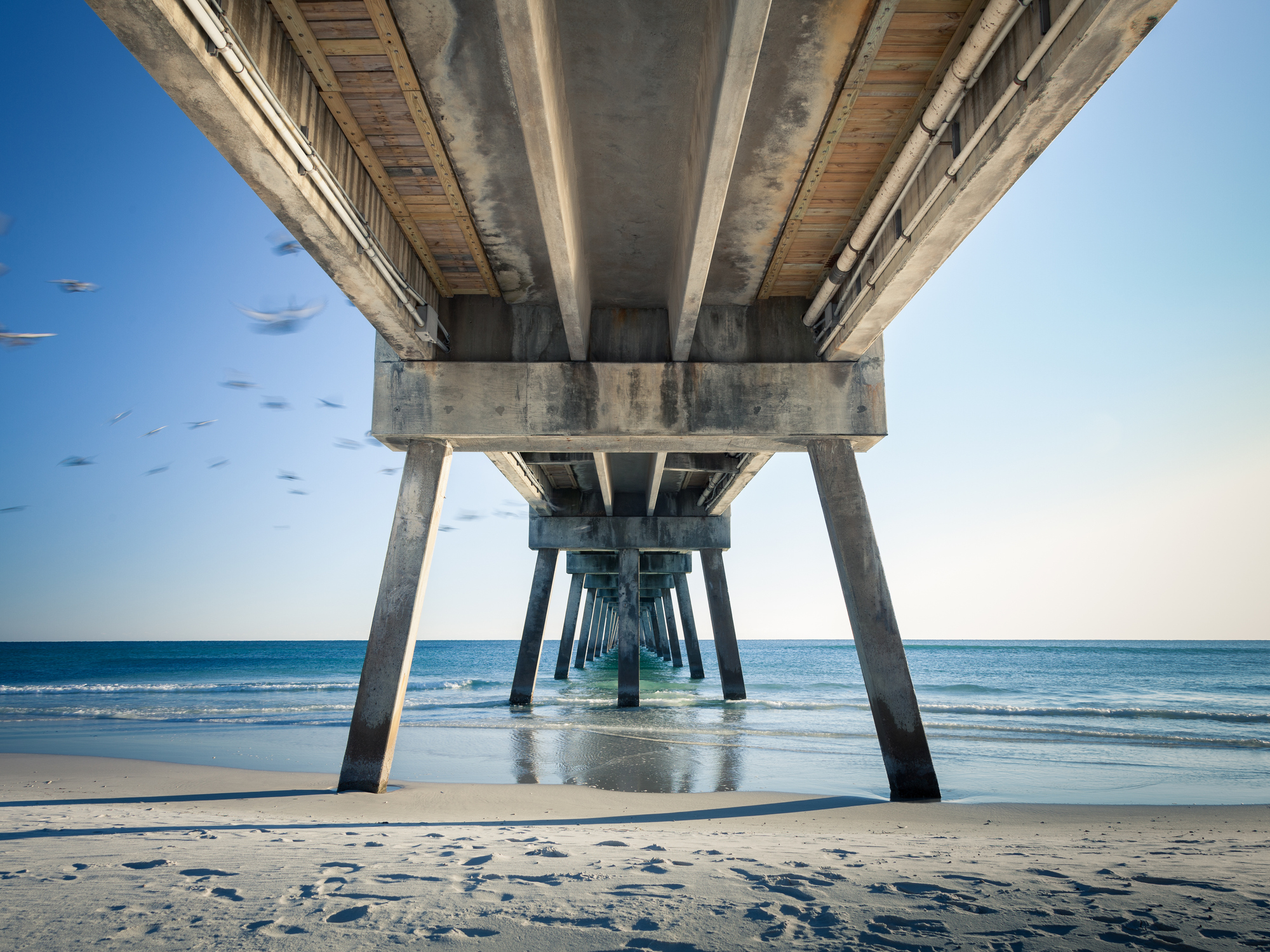
The median home price on the Gulf is $654,494, with average annual rental revenue exceeding $50,000 and a gross cap rate of 7.7%. The area attracts about 5 million visitors each year, most of whom stay four nights or longer — creating strong demand and more consistent income opportunities for vacation homeowners.
4. Hatteras Island, NC
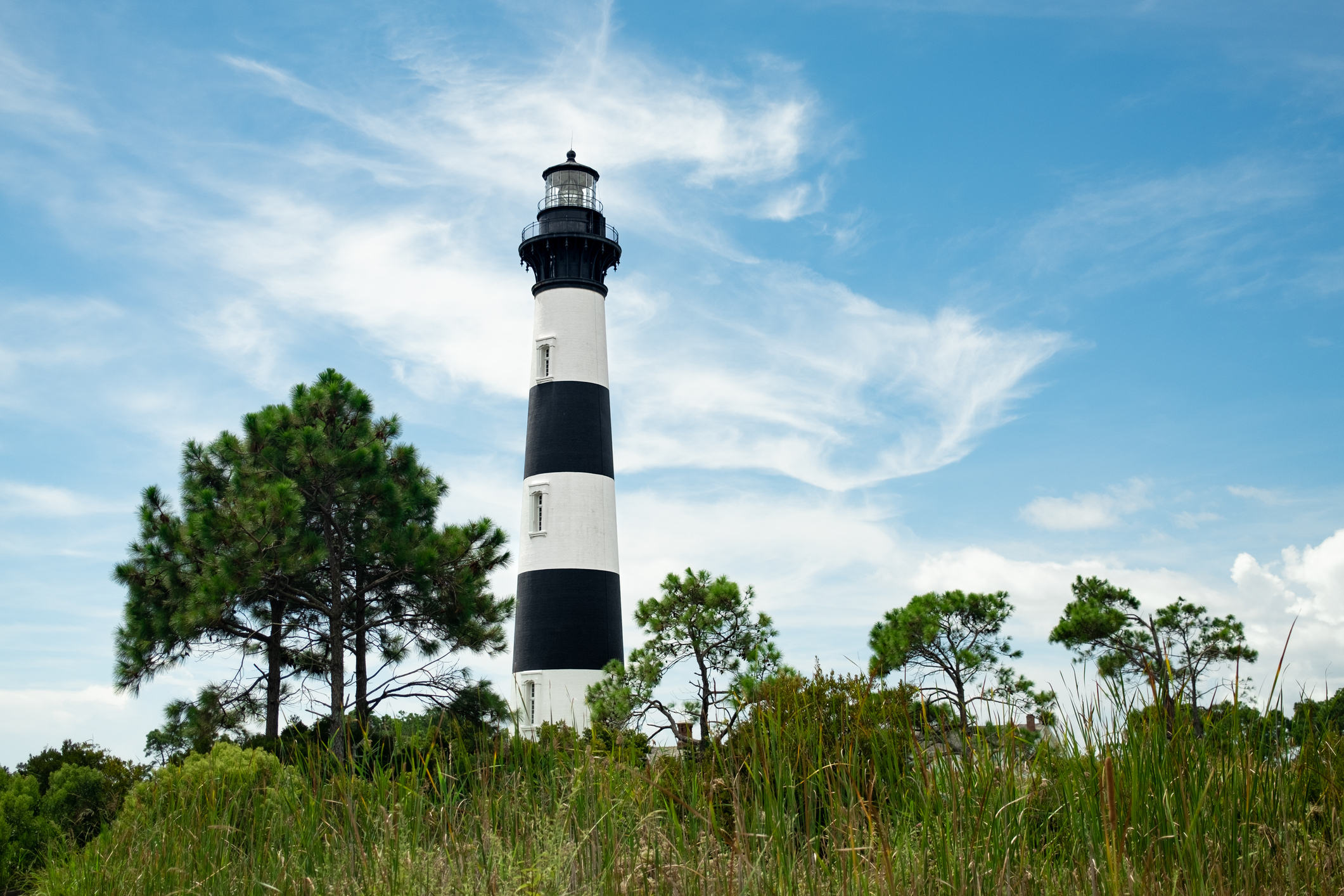
The median home price in Hatteras Island, North Carolina, is $805,585 — nearly double the national median. While it’s a larger upfront investment than many other markets, the area’s average annual rental revenue of $58,862 and gross cap rate of 7.3% help balance the higher cost.
Hatteras also benefits from strong visitor loyalty, with more than half of bookings lasting seven nights or longer, providing steady rental income potential.
5. Girdwood, AK

Just 45 minutes outside of Anchorage, Girdwood, Alaska, offers a mountain-town escape surrounded by stunning alpine scenery. The median home price is $485,429, with average annual rental revenue of $34,797 and a gross cap rate of 7.2%.
Many visitors come for short getaways, with 61% of bookings lasting just two to three nights. Girdwood’s biggest draw is its dramatic, ice-capped peaks and proximity to the upscale Alyeska Resort.
High-cost markets with prestige — and premiums
While you’re paying for prestige, it often comes with a much higher upfront cost. Many of the most desirable vacation-home markets have median sale prices well above the $410,800 national median.
What you get in return, however, is a view-worthy property in a high-demand area — and the potential to have your home work for you. Because most vacation homes are located in popular tourist destinations, there’s typically steady demand for short-term rentals. If you plan to rent out your property, you can often charge a premium during peak travel seasons.
Still, it’s important to consider the broader community you’re buying into. You might fall in love with the scenery, but if the area doesn’t attract enough visitors to sustain demand, that dream vacation home could quickly turn into a costly liability.
Hidden costs that vary by location
Second homes are already more expensive than primary residences. You may be on the hook for putting down a larger down payment, paying a higher interest rate and getting fewer tax breaks compared to your first home.
But what you pay also varies by your vacation home’s location. For instance, Florida has 1 million second homes — 15% of the nation’s total. Florida relies heavily on tourism all over the state, from theme parks in the central part of the state to beaches that literally surround it.
Seasonal housing can play a part in how much you pay for your vacation home. Out of season, home prices can go down 5% to 10% compared to home sales during the season. But if you can secure a vacation home during off-peak times, you can reap the rewards of a potentially high rental income. And when it comes time to sell, you can list it during peak season.
The cost of owning a second home isn’t the same for everyone, since the availability of vacation homes is widely different across the country. Other factors that could impact home prices include:
- Easy access to amenities, like beaches, mountains and other nature-focused attractions.
- Vicinity to urban areas.
- Established infrastructure that’s proven it can carry tourism.
Not all second homes are in locations that have a strong community that supports tourism for out-of-towners, residents and vacation homeowners.
What it all means for prospective buyers
When exploring second home options, location matters in multiple settings. Rather than snatch up your dream home, crunch the numbers to figure out if you can afford it in the first place.
It’s also crucial to figure out the long-term financial impacts of your home, including how much you’ll spend on it during ownership and your return on investment. Look at the purchase price, ongoing costs, and how much you expect to earn, if anything at all. Making your home work for you can lessen your out-of-pocket expenses, but if you buy a home that isn’t in a prime location, you could lose out on even more.
Related Content
Profit and prosper with the best of Kiplinger's advice on investing, taxes, retirement, personal finance and much more. Delivered daily. Enter your email in the box and click Sign Me Up.
Dori is an award-winning journalist with nearly two decades in digital media. Her work has been featured in the New York Times, Wall Street Journal, USA Today, Newsweek, TIME, Yahoo, CNET, and many more.
Dori is the President of Blossomers Media, Inc.
She’s extensively covered college affordability and other personal finance issues, including financial literacy, debt, jobs and careers, investing, fintech, retirement, financial therapy, and similar topics. With a strong journalistic background, she’s also worked in content marketing, SEO, affiliate marketing, content strategy, and other areas.
Dori graduated with a Bachelor’s degree in Multimedia Journalism from Florida Atlantic University. She previously served as the president of the Florida Chapter of the Society of Professional Journalists, where her chapter won the coveted “Chapter of the Year” award for two consecutive years.

